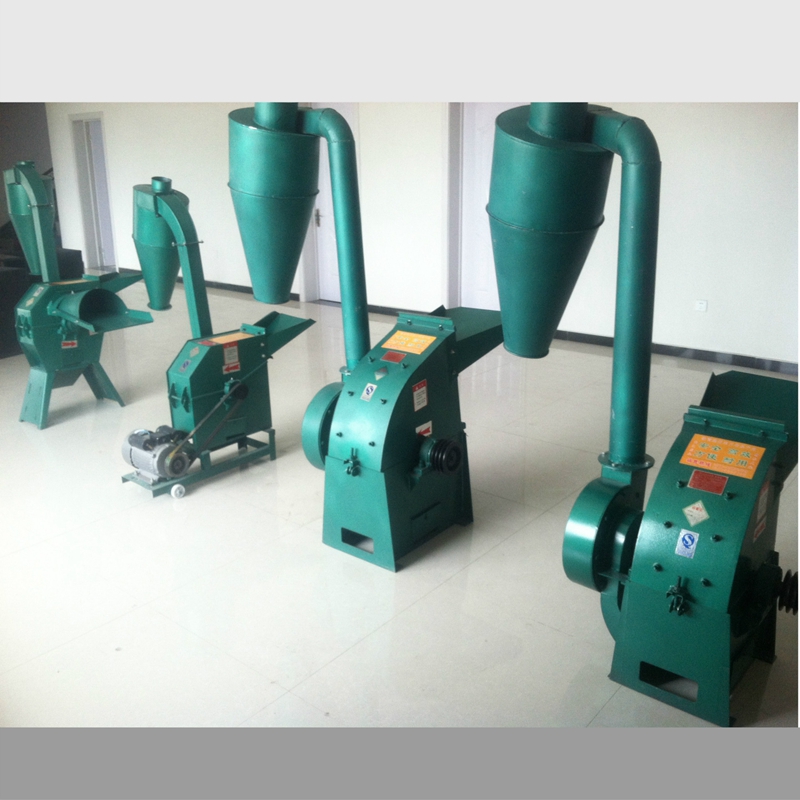Poultry cage for raising chickens efficiently in a farm setting
Jul . 10, 2024 15:38 Back to list
Poultry cage for raising chickens efficiently in a farm setting
Chicken cage poultry farming is a common method of raising chickens for their eggs and meat. This method involves keeping chickens in cages or coops to provide a controlled environment for their growth and development.
One of the main advantages of chicken cage poultry farming is that it allows for easy management of the birds. The cages or coops provide a clean and hygienic environment for the chickens, reducing the risk of diseases and parasites. It also helps in controlling the feeding and watering of the birds, ensuring that they receive the necessary nutrients for optimal growth and production.
Another benefit of chicken cage poultry farming is that it maximizes space utilization. The cages or coops are designed in such a way that they can accommodate a large number of chickens in a relatively small area. This makes it possible to have a high-density poultry farm, increasing the overall production of eggs and meat.
Furthermore, chicken cage poultry farming helps in protecting the chickens from predators and adverse weather conditions. The cages or coops provide a safe and secure environment for the birds, preventing them from being attacked by predators such as foxes, hawks, or snakes. They also shield the chickens from extreme temperatures, keeping them warm in winter and cool in summer.
In addition, chicken cage poultry farming is environmentally friendly. The cages or coops are usually equipped with a system that collects the waste produced by the chickens, such as droppings, feathers, and leftover feed. This waste can be used as fertilizer for plants or converted into biogas for energy production

chicken cage poultry. This reduces the environmental impact of poultry farming and promotes sustainable practices. Despite its advantages, chicken cage poultry farming also has its challenges. One of the main concerns is the welfare of the chickens. Keeping chickens in cages or coops may restrict their movement and natural behavior, leading to stress and reduced well-being. To address this issue, it is important to provide the chickens with enough space, ventilation, and sunlight, as well as enrichment activities such as perches and dust baths. Another challenge of chicken cage poultry farming is the risk of disease outbreaks. Due to the high density of chickens in a confined space, diseases can spread quickly among the flock. To prevent this, strict biosecurity measures should be implemented, such as regular cleaning and disinfection of the cages, monitoring the health of the birds, and restricting access to outsiders. In conclusion, chicken cage poultry farming is a popular method of raising chickens for their eggs and meat. It offers several benefits, such as easy management, space utilization, protection from predators and adverse weather conditions, and environmental sustainability. However, it also presents challenges related to animal welfare and disease control. By implementing proper care and management practices, chicken cage poultry farming can be a profitable and sustainable venture.

chicken cage poultry. This reduces the environmental impact of poultry farming and promotes sustainable practices. Despite its advantages, chicken cage poultry farming also has its challenges. One of the main concerns is the welfare of the chickens. Keeping chickens in cages or coops may restrict their movement and natural behavior, leading to stress and reduced well-being. To address this issue, it is important to provide the chickens with enough space, ventilation, and sunlight, as well as enrichment activities such as perches and dust baths. Another challenge of chicken cage poultry farming is the risk of disease outbreaks. Due to the high density of chickens in a confined space, diseases can spread quickly among the flock. To prevent this, strict biosecurity measures should be implemented, such as regular cleaning and disinfection of the cages, monitoring the health of the birds, and restricting access to outsiders. In conclusion, chicken cage poultry farming is a popular method of raising chickens for their eggs and meat. It offers several benefits, such as easy management, space utilization, protection from predators and adverse weather conditions, and environmental sustainability. However, it also presents challenges related to animal welfare and disease control. By implementing proper care and management practices, chicken cage poultry farming can be a profitable and sustainable venture.
Latest news
-
Hot Sale 24 & 18 Door Rabbit Cages - Premium Breeding Solutions
NewsJul.25,2025
-
Automatic Feeding Line System Pan Feeder Nipple Drinker - Anping County Yize Metal Products Co., Ltd.
NewsJul.21,2025
-
Automatic Feeding Line System Pan Feeder Nipple Drinker - Anping County Yize Metal Products Co., Ltd.
NewsJul.21,2025
-
Automatic Feeding Line System - Anping Yize | Precision & Nipple
NewsJul.21,2025
-
Automatic Feeding Line System - Anping Yize | Precision & Nipple
NewsJul.21,2025
-
Automatic Feeding Line System-Anping County Yize Metal Products Co., Ltd.|Efficient Feed Distribution&Customized Animal Farming Solutions
NewsJul.21,2025






